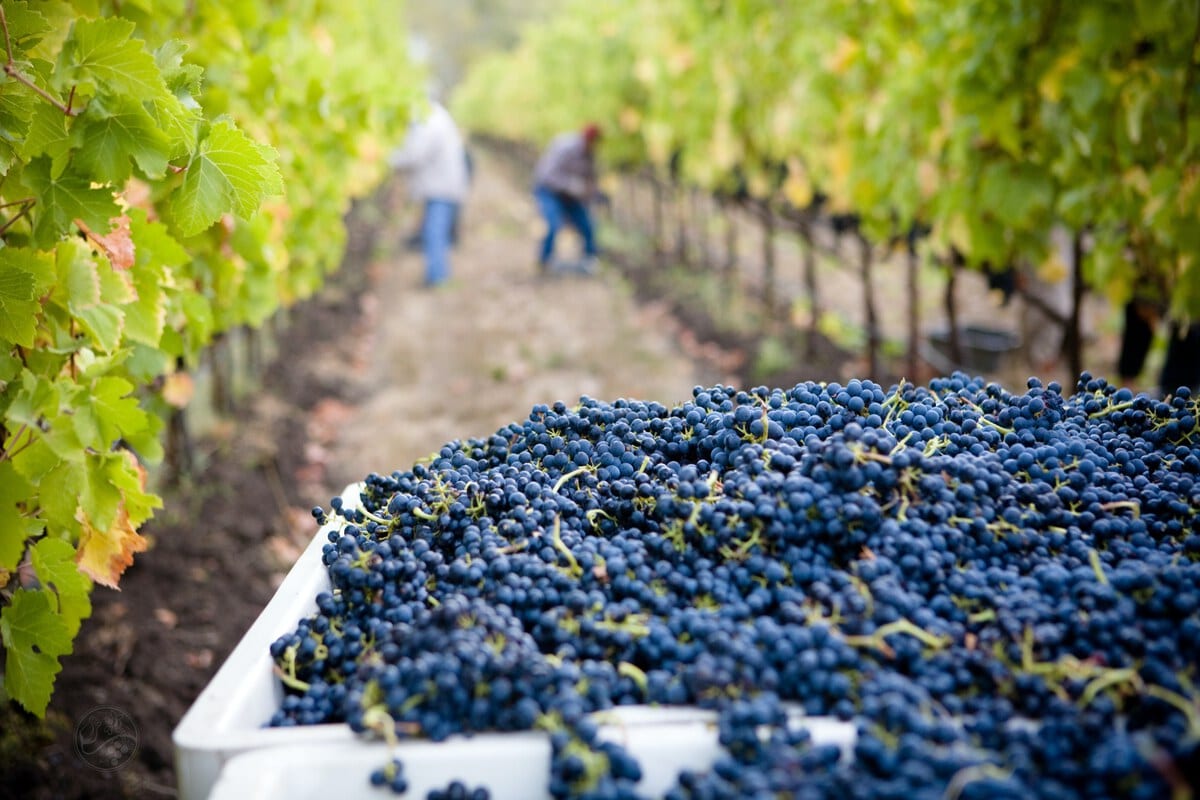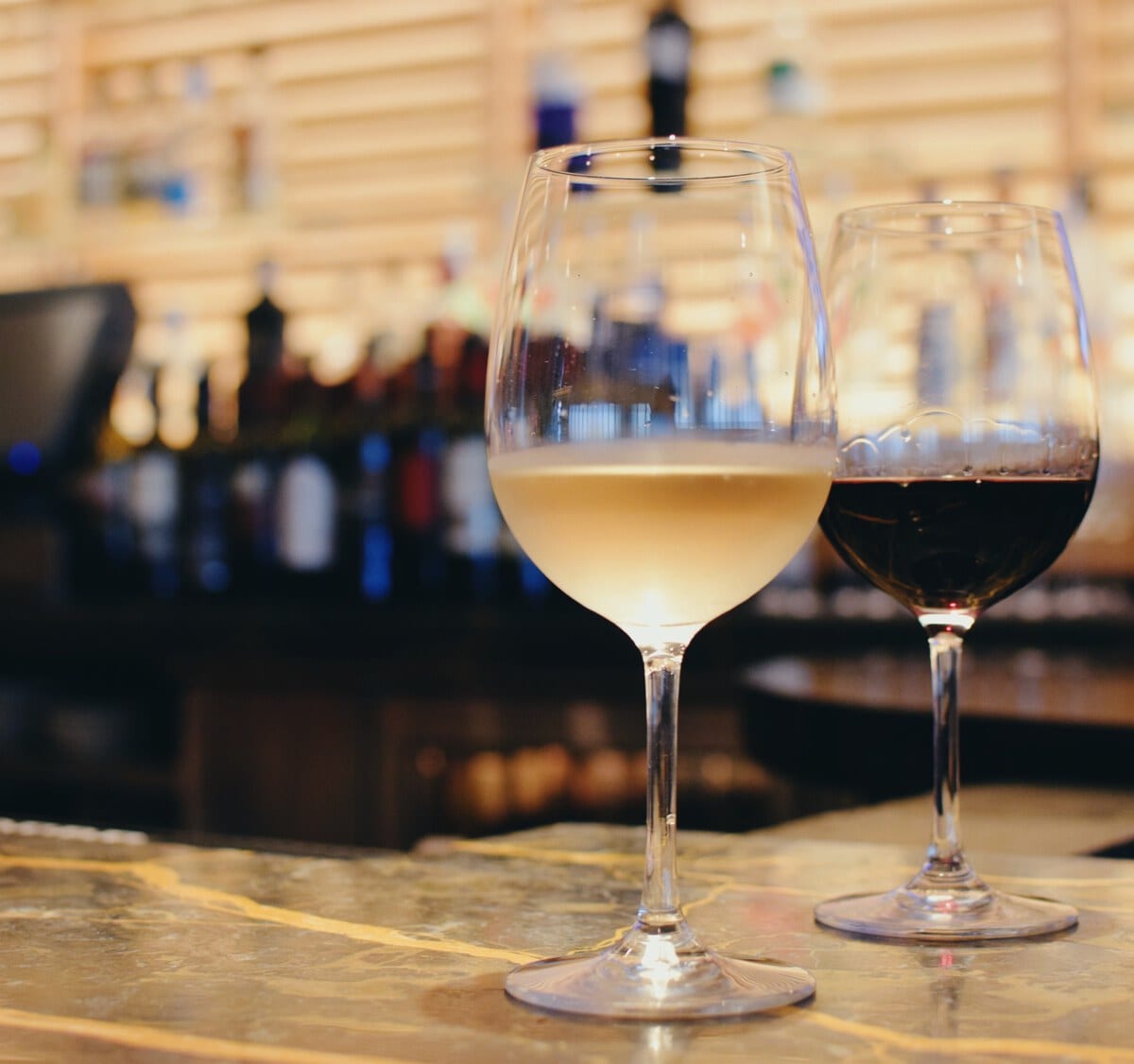When it comes to wine, size matters - Part II

Photo by Juan Pablo Rodriguez
So, you read my previous post on the influence of the 🍾 sizes in wine.
You found it incredibly interesting 🤪.
Now you are back for more geeky stuff 🤓.
So shall we?
Let’s talk barrel
When fermenting wine, a winemaker can choose among stainless steel vats, barrels, amphoras, concrete eggs…
Having said that, it’s rather common to ferment wine in wooden barrels.
But even with barrels the choice is wide and involves many variables. There is the type of wood, the level of toasting, the age of the barrel and, to my point, the size of the barrel.

Photo by Javier Allegue Barros
Some of the most common sizes used in wine fermentation include the demi-barrique (112 lt), the bordelaise (225 lt), the bourguignone (228 lt), the puncheon (318 lt), the foudre (1200 lt)…
How does size relate to barrel?
Well, size matters for two reasons.
-
One; wine notes (also) depends on the chemical compounds in the wood - almost always oak. The “flavours” associated with oak fermenting are vanilla, coconut, cinnamon, clove among others.
-
Two; similarly to the ullage story, wine will also oxidise in barrels. That is because some oxygen reaches the wine through the cask, via its cracks and joints.
In a bigger vessel the ratio of wood to wine will be smaller than in a smaller barrel.
The same applies to the ratio of oxygen to wine.
So, wine fermenting in a foudre will oxidise less than wine fermenting in a demi-barrique.
It will also be in contact with less wood and its compounds. Thus wine from a bigger cask will show less of those notes associated with oak fermentation.
Is a smaller barrel better?

Photo by Minnie Zhou
Is wine from a small barrel “better” wine? More round? Will it be a “bigger” wine?
Things are not that simple. Of course.
Size is only one of the variables that changes the evolution of wine fermenting in barrels.
To complicate matters, the age of the barrel, too, has an impact on how much oxygen passes onto the wine. An older barrel transfers as little as 25% of the oxygen of a new, same-sized cask.
Also the shape of the cask will change the character of the final wine.
So will the level of toasting of the wood.
And let’s not forget that the variety of grape will determine how the winemarker decides to work.
Plus, depending on the style of wine they want to achieve they will play their cards differently.
And so?
The smaller the barrel the faster will the wine oxidise in it.
That is a fact.
Oxidisation in a young wine is often seen as a synonym of development and mellowing.
Thus one could conclude that a good wine must come from a small barrel.

Photo by Jim Harris
However the grape used may not stand well oxidisation. It could be a better fit to produce a fresh, youthful wine.
Also, the way a wine develops in barrel and in bottle is different. At times, it’s better if the wine matures complexity in the bottle instead.
In short, no. You can’t look at a bottle label, see it’s fermented in barrique and assume it will be a lovely wine!
Finally, to the yield…
In wine making, the yield is the amount of grapes harvested per unit of land.
It’s often referred to as tons per acre/hectare.
Generally it’s assumed that a small yield is synonymous with better wine. Size again.
Of course, things are way more complicated than that.
Let’s have a look at facts.
With the yield the basic principle is that less grapes per vine will get more sugar.

Photo by Lasseter Winery
That is because leaves (those exposed to the sun) produce sugars through photosynthesis. If the same vine, with the same amount of leaves, feeds less grapes, those grapes will be sweeter.
In turn, a higher sugar content translated into a higher level of ripeness.
More sugar also results into a higher alcohol content in the wine.
Finally, sugars also seem responsible for anthocyanins. These compounds are linked to the amount of colour in wine and mellowness of the tannins.
Many wine producers will perform crop thinning by cutting flowers or grape clusters off vine. By reducing their yield they try to increase the level of sugar and anthocyanins the remaining fruits will get.
Does a smaller yield produce better wine?
Needless to say, it’s not that straight forward!
For a start, things are different for red wines and for white ones.
In whites, colour and tannins are factors that don’t need consideration.

Photo by Jordon Kaplan
Not only that, in white wine a bigger yield slows down the accumulation of sugar. This allows for more complex flavours to develop at their pace. And this results in more balanced wines with a more fruity character.
Crop thinning is also used to control the levels of alcohol in the final wine. In cold climates it helps the wine reach a minimum amount of alcohol. In hot places, on the other hand, having more fruits per vine keeps the level of alcohol lower (avoiding 17+ degree wines!)
For sure, limiting the yield of a vineyard will change the style of wine produced.
For a red wine, a smaller yield will translate into a darker, more alcoholic, “bigger” wine with “riper” notes. A bigger yield, on the other hand, will keep the alcohol level down (by as much as 2%) and preserve “greener”, fresher notes.
Is one style “better” than the other? To me it seems like a matter of preference and, as said, wine style.
The bottom line: does ‘size’ affect wine quality?

Indeed, wine comes in many styles. There are countless factors playing a role in what you will end up tasting.
Labels and technical sheets are full with informative facts, often dragging up size into the equation. These sizes and facts, though, (if considered) must be consider well and in context with a LOT of other facts and information.
There is almost NEVER a 1:1, linear correlation between size and quality. That is a huge oversimplification.
My suggestions are:
-
DON’T read too much into sizes in wine. It can be misleading.
-
DON’T trust simple myths (big “this” is great, small “that” is the best).
-
If you know and trust the winemaker and/or the estate, well… DO trust them!
-
DO believe your wine critic of choice 🤓!
-
And, my favourite, DO experiment… Open, taste, judge by yourself!
